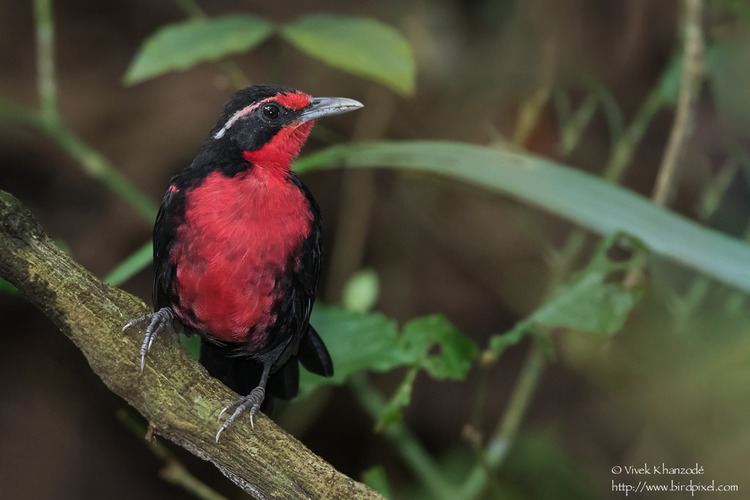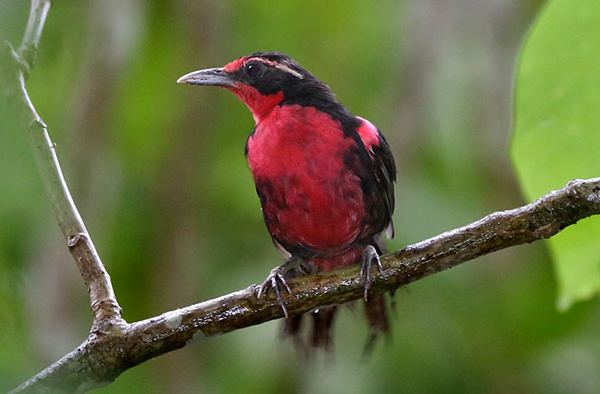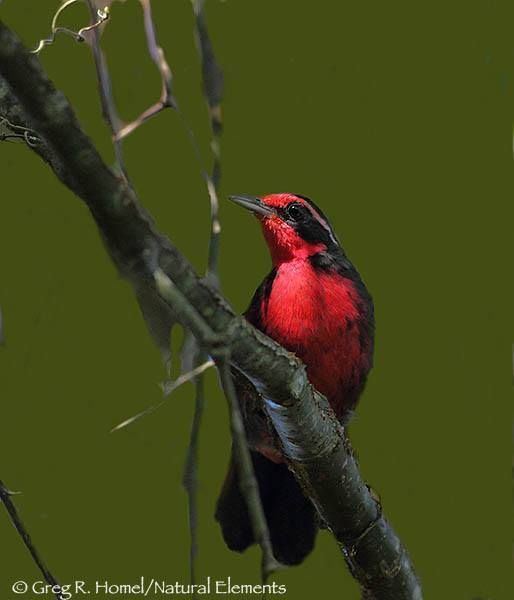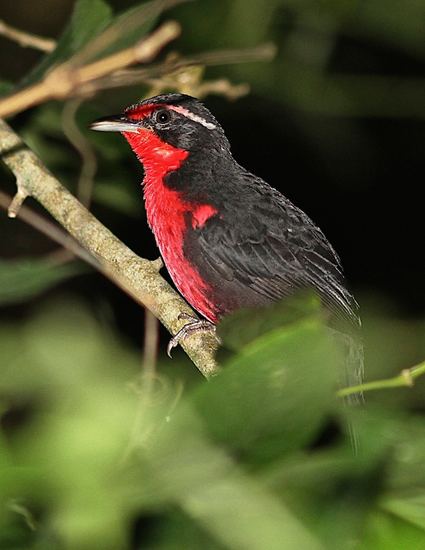Scientific name Rhodinocichla rosea Higher classification Rhodinocichla Order Passerine | Family Incertae sedis Phylum Chordata Rank Species | |
Genus RhodinocichlaHartlaub, 1853 Similar Calyptophilus, Sulphur‑rumped tanager, Mitrospingus, Tawny‑crested tanager, Dusky‑faced tanager | ||
Rhodinocinchla rosea rosy thrush tanager rn el dorado fundaci n proaves colombia
The rosy thrush-tanager (Rhodinocichla rosea), or rose-breasted thrush-tanager, is a species of bird in the currently monotypic genus Rhodinocichla. It was formerly assigned to the family Thraupidae and more recently viewed as being of uncertain placement; a 2015 molecular study places it closest to the Calcariidae. Found in Colombia, Costa Rica, Mexico, Panama, and Venezuela, its natural habitats are subtropical or tropical dry forests, subtropical or tropical moist lowland forests, and heavily degraded former forest.
Contents
- Rhodinocinchla rosea rosy thrush tanager rn el dorado fundaci n proaves colombia
- Rosy thrush tanager
- Description
- Distribution and habitat
- Ecology
- Status
- References

Rosy thrush tanager
Description

The rosy thrush-tanager is about 20 cm (8 in) long. The male is a distinctive bird with a long streak above the eye, pink in front of the eye and white behind. The upper parts are dark, brownish-black, the flanks are dusky grey and the underparts magenta, as is the leading edge of the wing. The female is generally similar to the male but the rosy-magenta is replaced by a deep ochre colour. The beak is long and slightly curved, resembling that of a mimid.
Distribution and habitat
The distribution in Central America and northern South America includes Mexico, Costa Rica, northern Venezuela and northern Colombia. Typical habitat is thick undergrowth in deciduous forests, secondary woodland, thickets and scrubland. It most frequently occurs in the mountain foothills at altitudes varying between 500 and 1,500 m (1,600 and 4,900 ft).
Ecology

The rosy thrush-tanager usually occurs singly or in pairs. It flits among low undergrowth or hops along on the ground, turning over the leaf litter with its beak. It is a shy, rather furtive bird and difficult to observe, it does however respond well if a recording of its voice is played to it; its song is a rich succession of clear notes, and is sometimes sung in duet, two birds alternating in its production; it is the only tanager known to sing in this way. The diet is a mixture of animal and vegetable matter. Breeding is reported to take place in July in Mexico and between January and September in Costa Rica.
Status

R. rosea has a wide range and is estimated by Partners in Flight to have a total population of fewer than 50,000 individuals. However, the population seems to be stable and the International Union for Conservation of Nature has assessed its conservation status as being of "least concern".



